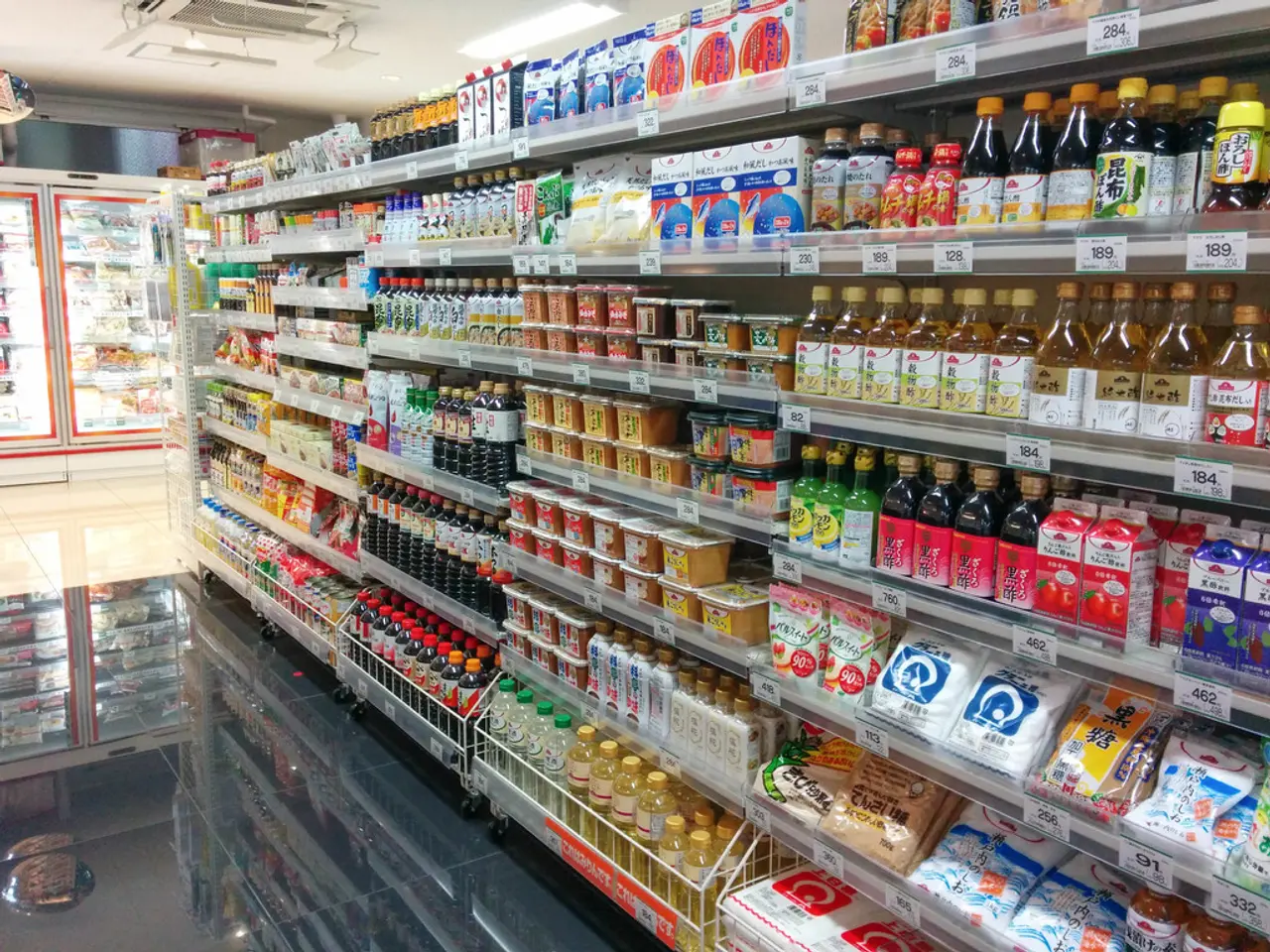Insulin Pumps Market Projections Report 2025: Global Insulin Pump Market Projected to Reach a Value of USD 7.27 Billion by 2030, Propelled by a Compound Annual Growth Rate (CAGR) of 9.10% - as Per ResearchAndMarkets.com.
The global insulin pumps market is experiencing a surge in growth, driven by rapid technological innovations, rising diabetes prevalence, and the increasing demand for connected, integrated diabetes care systems. According to a recent report, the market was valued at USD 4.31 billion in 2024 and is projected to reach USD 7.27 billion by 2030, rising at a CAGR of 9.10%.
One of the key factors driving this growth is the integration of insulin pumps with advanced continuous glucose monitoring (CGM) systems. Companies like Abbott and Dexcom are leading this trend, with their technologies providing real-time glucose data for automated insulin delivery and improved glycemic control. This integration is raising consumer awareness and demand, as reflected in surging online search interest in mid-2025.
The global diabetes care devices market, which includes insulin pumps, is growing at a compound annual growth rate (CAGR) of around 10.3% globally from 2024 to 2030. Markets like China are growing even faster at 14.4% CAGR, spurred by higher diabetes incidence, especially type 1 and type 2, alongside the demand for more precise, user-friendly, and minimally invasive devices.
Advances such as closed-loop insulin pumps (artificial pancreas systems) and smart pens are improving treatment adherence and outcomes. Miniaturization and non-invasive technologies also enhance patient comfort and device accessibility. The push toward connected drug delivery devices featuring Bluetooth and Near-Field Communication (NFC) technologies facilitates remote monitoring by healthcare providers and real-time data sharing, further personalizing treatment plans and increasing market adoption.
The U.S. home infusion therapy market, which includes insulin pumps, shows strong growth at 7.7% CAGR through 2030, reflecting a broader trend towards outpatient and home-based diabetes management. Insulin pumps constitute a significant segment within infusion devices benefiting from this shift.
The key drivers for the global insulin pump market from 2024-2030 are:
- Rising global diabetes prevalence and diagnosis rates, especially among young and adult populations.
- Technological innovations integrating insulin pumps with CGM systems to enable closed-loop, automated insulin delivery and real-time monitoring.
- Increasing adoption of connected diabetes management platforms facilitating remote care and data-driven personalized treatment.
- Market expansion in rapidly developing regions like China and other Asia-Pacific countries with improving healthcare access and infrastructure.
- Growing consumer preference for non-invasive, miniaturized, and easy-to-use insulin delivery devices that improve quality of life and treatment adherence.
These trends suggest sustained robust market growth, driven by seamless device integration, enhanced connectivity, and expanding global patient populations.
The type 1 segment is expected to grow at the fastest CAGR of 9.31%. The global insulin pump market report analyses 23 vendors, including Medtronic, Insulet, Tandem Diabetes Care, CeQur Simplicity, Debiotech SA, EOFLOW, F. Hoffmann-La Roche, IA Collaborative Holdings, Jiangsu Delfu medical device, LenoMed Medical, MannKind, Medtrum Technologies, Medzer, MicroPort Scientific, MicroTech Medical, Novo Nordisk, Shanghai Umitai Medical Technology, SOOIL Developments, Terumo, ViCentra B.V., YPSOMED AG, Modular Medical, Beta Bionics, and others.
Partnerships with CGM companies like Dexcom and Abbott have become standard, allowing pumps to make real-time insulin adjustments based on glucose levels. The APAC regulatory landscape for insulin pumps is emphasizing patient safety and medical device efficacy, with countries like Japan, South Korea, and Australia having well-established regulatory bodies.
Vendors are exploring cloud-based platforms for remote monitoring and telehealth compatibility, allowing healthcare providers to track patient data more efficiently. North America holds the largest market share of over 38%. The APAC region is expected to grow at the fastest CAGR of 10.84% during the forecast period.
Tandem Diabetes Care offers the t:slim X2 insulin pump with Control-IQ technology, integrating CGM and automated insulin delivery, and is known for its user-friendly touchscreen interface and software update capability. Insulet Corporation is known for its Omnipod tubeless, patch-style pump, with newer models like the Omnipod 5 featuring automated insulin dosing and real-time glucose data.
Medtronic is enhancing its MiniMed series, including the 780G system, a hybrid closed-loop pump that automatically adjusts insulin delivery based on CGM readings. In 2023, the Medtronic MiniMed 780G, an advanced automated insulin delivery system, was approved. The hospital segment accounted for the largest market share.
In 2024, Tandem Mobi, a compact automated insulin delivery system, was launched. Many vendors are building ecosystems that combine insulin pumps with mobile apps, AI algorithms, and CGM devices to create a seamless user experience.
The insulin pump market report covers 151 pages, has a forecast period from 2024 to 2030, and is valued at $4.31 billion in 2024, with a forecasted value of $7.27 billion by 2030, growing at a CAGR of 9.1%. The report covers global markets and various segments, including product type, insulin pump type, indication type, end-users, and geography.
- The surge in the global insulin pumps market is not only driven by rising diabetes prevalence but also by the integration of these devices with cloud-based platforms, enabling remote monitoring and telehealth compatibility.
- The advancements in science, such as closed-loop insulin pumps and smart pen technologies, are revolutionizing the medical-conditions sector, particularly health-and-wellness, by improving treatment adherence and outcomes.
- The growth of the global insulin pump market, especially in regions like China, is significantly influence by technology advancements like miniaturization, non-invasive technology, and connected drug delivery devices with Bluetooth and Near-Field Communication (NFC) technologies.




